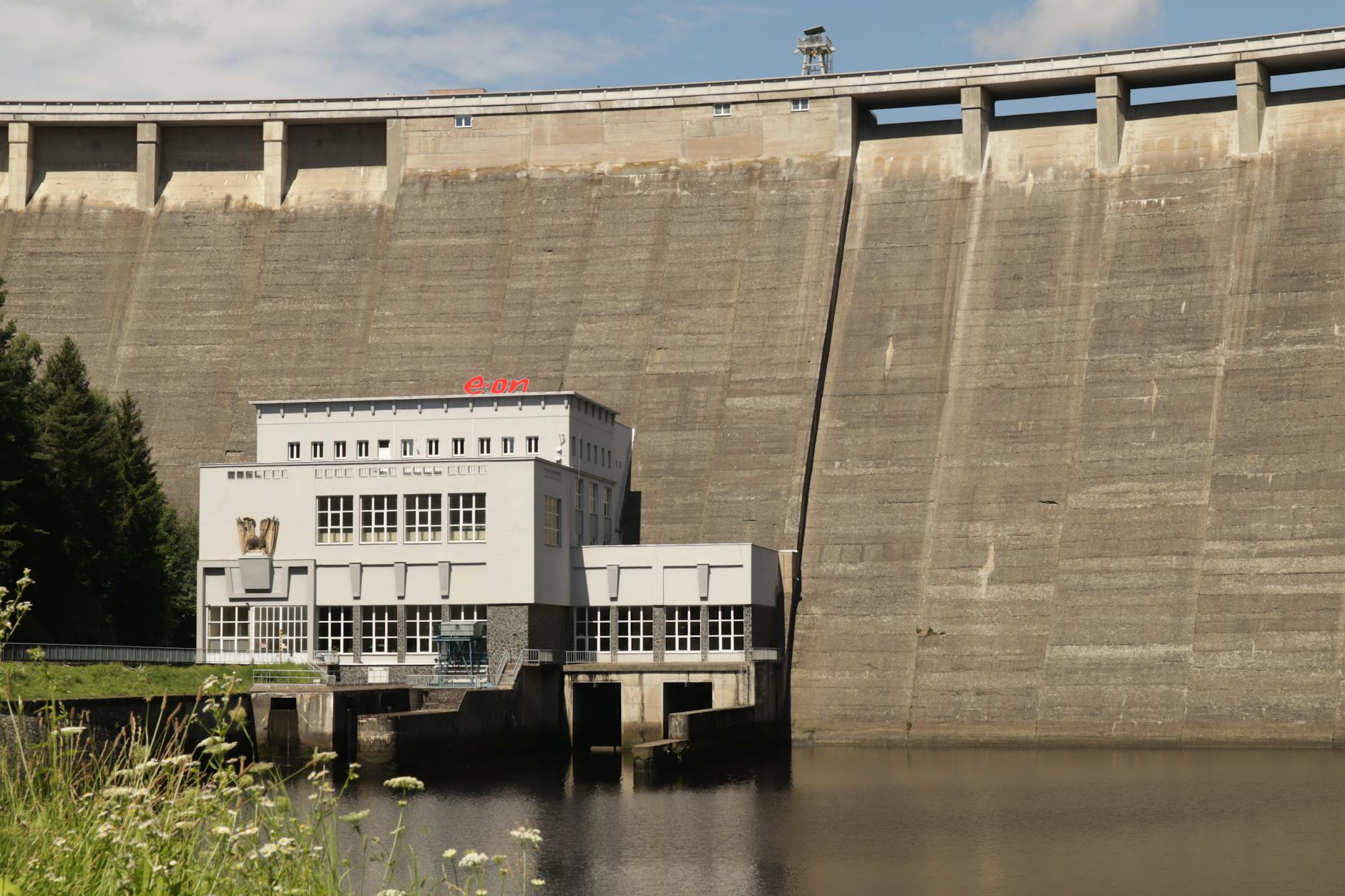Industrial automation has undergone a remarkable evolution in recent years, reshaping the way businesses operate and enhancing efficiency across various industries. This article delves into the best practices that have emerged within the realm of industrial automation, uncovering key strategies and technologies that are driving this evolutionary shift.
The Rise of Smart Manufacturing
Smart manufacturing is at the forefront of the industrial automation evolution, leveraging cutting-edge technologies such as the Internet of Things (IoT), Artificial Intelligence (AI), and Big Data analytics to optimize production processes. By interconnecting machines, sensors, and systems, manufacturers can collect real-time data, monitor performance, and make data-driven decisions to enhance productivity and quality.
Embracing Collaborative Robots
Collaborative robots, or cobots, are another pivotal development in industrial automation. Unlike traditional industrial robots that are often kept behind safety cages, cobots are designed to work alongside human operators, increasing flexibility and efficiency on the factory floor. These robots can handle repetitive tasks, freeing up human workers to focus on more complex activities and improving overall operational efficiency.
Implementing Predictive Maintenance
Predictive maintenance is a proactive approach to equipment maintenance that relies on data analytics and machine learning algorithms to predict when machinery is likely to fail. By implementing predictive maintenance strategies, manufacturers can avoid costly unplanned downtime, reduce maintenance costs, and extend the lifespan of their equipment. This practice is revolutionizing the way maintenance is conducted in industrial settings, shifting from reactive to proactive maintenance approaches.
Integration of Industrial IoT
The Industrial Internet of Things (IIoT) is revolutionizing the industrial landscape by enabling the connection of devices, sensors, and machines to gather data and drive actionable insights. By harnessing the power of IIoT, manufacturers can monitor equipment performance in real time, optimize supply chains, and streamline production processes. This connectivity facilitates better decision-making, enhances operational efficiency, and fuels innovation across various industrial sectors.
Focus on Cybersecurity Measures
As industrial automation becomes increasingly interconnected, cybersecurity has emerged as a critical concern for manufacturers. Protecting industrial systems and data from cyber threats is essential to safeguarding operations and maintaining business continuity. Implementing robust cybersecurity measures, such as network segmentation, regular software updates, and employee training, is vital to mitigating risks and ensuring the integrity of automated systems.
Adopting Modular and Scalable Solutions
To keep pace with rapid technological advancements and dynamic market demands, businesses are turning to modular and scalable automation solutions. These flexible systems allow for easy customization and expansion, enabling manufacturers to adapt to changing requirements and scale their operations efficiently. By embracing modular automation platforms, companies can enhance agility, improve time-to-market, and stay competitive in today’s fast-evolving industrial landscape.
Conclusion
The evolution of industrial automation is reshaping the way businesses operate, driving greater efficiency, productivity, and innovation across diverse industries. By embracing best practices such as smart manufacturing, collaborative robots, predictive maintenance, Industrial IoT integration, cybersecurity measures, and modular automation solutions, companies can optimize their operations, reduce costs, and stay ahead in the increasingly digitalized world of manufacturing. As technology continues to advance, staying informed and adopting these best practices will be crucial for businesses looking to thrive in the evolving landscape of industrial automation.


